App Store Submission Checklist – How To Submit an iOS App To The App Store
Apple’s app-store is the second largest app marketplace that features nearly 1.8 million apps. While they likely receive and approve hundreds of applications a day, the process isn’t as simple as uploading your app and sitting back, waiting for the big bucks to roll in.
Whether you’re a solo developer or a large app development company, there are strict guidelines in place by Apple when it comes to app submission and approval. In this article, we’re going to run through a general App Store submission checklist so you can be prepared for everything involved and avoid some common pitfalls and mistakes that can get you rejected.
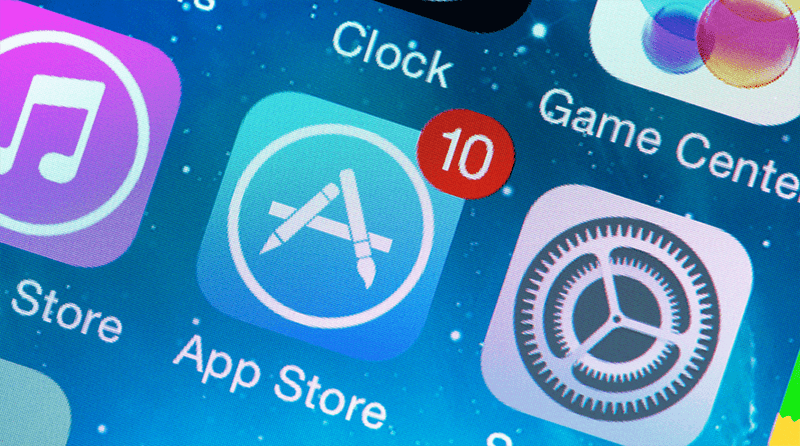
iOS App Store Submission Checklist
#1 Test, Test, Test
Before you even consider publishing your app in the App Store, it’s crucial to test your app first. If you haven’t been testing your app throughout the development process, you absolutely want to run your app through some rigorous testing before moving on.
While there are plenty of apps in the App Store that might crash or have bugs, you should minimize bugginess and poor performance as much as possible. If the functionality of your app isn’t stable and contains large issues, it will quickly be rejected by Apple. After all, while no app starts off perfectly, Apple wants to ensure their users get the best experience with the apps in their App Store. Your app will be tested thoroughly by Apple’s reviewers, so don’t try to squeak by without your own rounds of testing.
Apple TestFlight
TestFlight is an Apple product for iOS apps that allows you to invite users to try out and test your app before publishing them in the App Store. This is a great way to collect feedback and make any updates or modifications to your app before releasing it in the App Store.
How it works is you upload a beta build of your app to App Store Connect, and then you can invite up to 10,000 testers by sharing a public link or sending an email invitation. The testers will then install the TestFlight app onto their mobile devices which will allow them to use your app as if the app were live.
You can also limit testing to just “internal testers”, which includes up to 25 members of your team who can then test the app on up to 30 devices. These internal testers will have access to all beta builds.
With the latest version of TestFlight, your testers can easily send feedback right from the app along with screenshots.
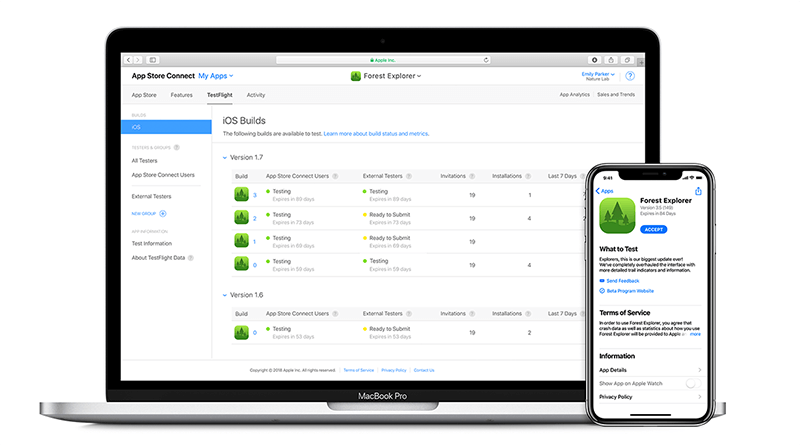
#2 Read through the Guidelines
When getting ready to submit your app to the App Store, you’ll need to read through the App Store Review Guidelines which essentially lays out the guidelines that will get your through the app review process as quickly as possible. These guidelines are laid out in five sections:
Safety
Apple places a great emphasis on app safety (as should you) and wants to ensure app content is not offensive or upsetting to users. Additionally, the app shouldn’t damage the device or cause any physical harm to users.
You can read more about the Apple app safety guidelines here.
Performance
This section covers some general guidelines on app performance, including ensuring your app is tested for bugs and stability before submission. Apps should be in their final versions with fully functional URLs and metadata along with complete and up-to-date in-app purchases (if offered).
Apple will reject any app bundles and binaries that exhibit any technical issues. You can read more about performance here.
Business
This section covers things like payments, in-app purchases, Apple Pay, advertising and more business-related topics. If your app’s business model for generating money isn’t obvious, you should review it in the metadata and App Review notes to make it clear. A lack of understanding on how your app and it’s in-app purchases work for Apple reviewers could result in a delay or rejection.
You also want to be careful with how your pricing is listed, as anything that looks like it might be a rip-off or scam will result in a rejection. Apple reviewers will also check that your reviews have not been manipulated or chart rankings faked.
You can read more about business here.
Design
The design section of the Apple Guidelines has to do with apps being easy to use, innovative, and refined. While the elements of design are generally in your hands, Apple does have standards in place to ensure app approval. They don’t want to see copycats—your app design should be original. They also want to see that your app implements useful app-like mobile elements that will enhance the user experience.
You can read more about design here.
Legal
The legal section covers what you might expect—privacy, data collection storage and usage, intellectual property, and the like. Overall, apps need to comply with legal requirements in the locations it will be available. This can get a bit complicated, so it would be a good idea to do thorough research or consult a lawyer, as it’s your responsibility that your app complies with the law. You can read more about legal here.
#3 App Name, Category, and Description
These are a few more details you’ll need to think carefully about before submitting your app to the App Store. The app name is the name you’ve given your app, which can’t be longer than 30 characters. Overall, it’s best to keep your app name short while also having it relate to what your app does, which will help optimize your app so it’s easier for users to find in the App Store.
Incorporating keywords into your app name can actually help your app rank higher than apps that don’t include keywords. You’ll also want to include a subtitle, which is essentially a short summary of your app that will appear just below the app name. This also has a 30 character limit, so be sure to keep it optimized with keywords in mind.
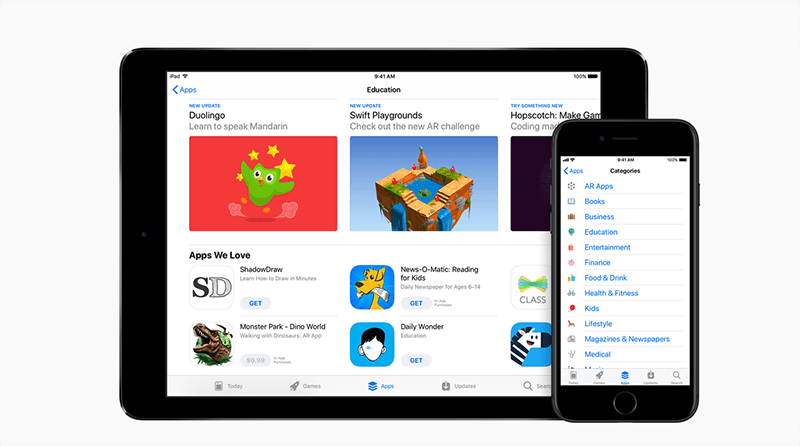
Choosing a primary category will help organize your app in the store and should be identified by the main function of your app. Here is a full list of app categories you can place your app in. The description is exactly what it sounds like—a description that details what your app does, including key features and functionality. Remember, this is the pitch to your users, so you want to highlight the uniqueness of your app here and really sell it. Your description can be up to 4,000 characters.
Once you’re ready to work on your app preview video, check out this video.
#4 Screenshots and App Icon
Having great screenshots are not only required, but they’re an effective tool to capture users. Similar to having a catchy icon and app title, uploading the right screenshots when submitting your app to the App Store can go a long way in convincing your users to try out your app.
Putting together some compelling screenshots of your app requires careful consideration. Take your time to create a visual storyline for your potential users. Your screenshots should act as a sort of walkthrough of your app and placing them in an order that makes sense is key. A general rule of thumb is to put the most important screenshots first.
Your app icon is another important visual element that will accompany your app title, description, category, and screenshots. It should be memorable and provide your users with an idea as to what your app does. You can visit this page to see the requirements of an App Icon for the Apple App Store.
#5 How to Put an App in the App Store
Now that you have a general idea of what’s involved when submitting your app to the App Store, how do you actually put your app in the app store?
- Become a member: To actually submit your app to the App Store, you’ll need to first register for the Apple Developer Program. This will grant you access to useful Apple tools, beta testing, analytics for your app, and so much more.
- Setup iTunes Connect Account: This comes with some helpful web-based tools to help you manage your apps in the App Store.
- Setup your app for distribution: Before getting your app published, you’ll need an icon, screenshot or app preview, and metadata.
- Upload your app: To upload your app, you can use Xcode. Once you’ve created an iTunes Connect record for the app, you’ll see the upload appear on the Activity section of “My Apps.”
- Submit for review: This is the final step in the app store submission process where your app will be reviewed by Apple reviewers. This can take anywhere from 1-3 days.
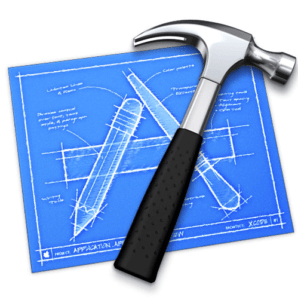
Conclusion
There’s a lot to consider when publishing an app to the App Store, and it can get exhaustive. That’s why it’s a good idea to begin by reading through Apple’s guidelines first to get a quick overview of their requirements to ensure your app is following along.
If you don’t have time to read through pages and pages of documentation, that’s ok.
Our Simple Starter package includes thorough technical documentation of your app that will set the stage for your app’s development.
The key is to get started early and carefully review what’s been laid out in our App Store submission checklist so you can move forward with confidence.

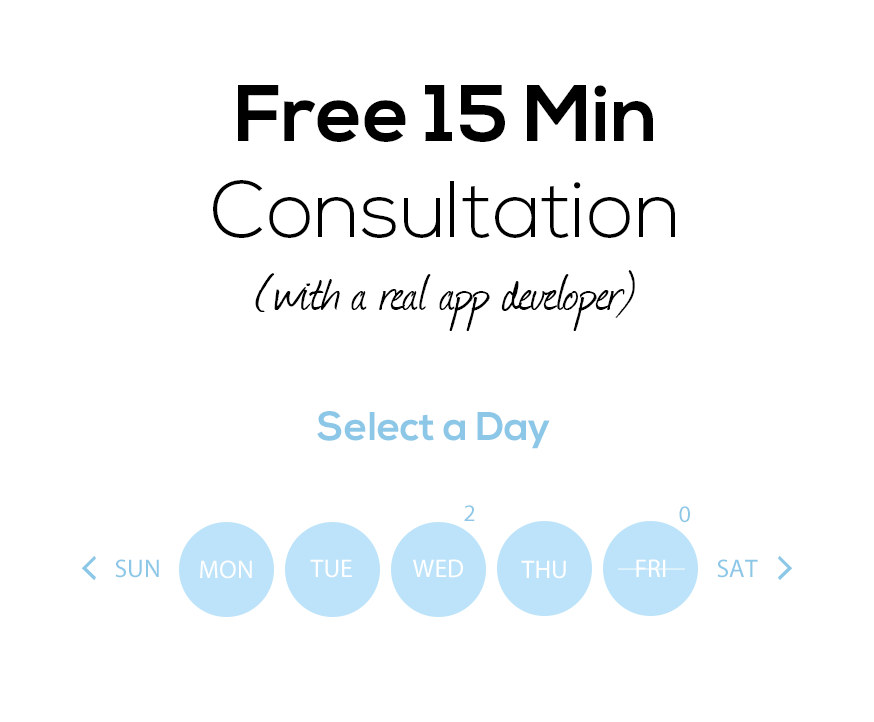


Your inbox wants some love.
Stay informed with Webiotic latest










0 Comments